Jade enjoys the title of "King of Jade", which has been loved by people since ancient times and is also the main target of many people's collection of investment. In fact, many people have gained great pleasure from collecting and investing in jade, and have gained huge profits. Here, we would like to provide a few points that should be noted for those who want to try to invest in the jade collection.
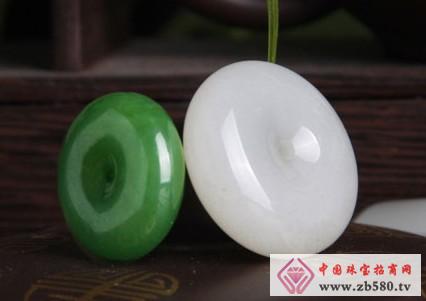
Among all the jewels, jade is one of the most valuable potentials. First of all, this is because of the rarity of jade. We have already said that among the vast earth so far, it can be said that only Myanmar is the only supply of medium-to-high-end jade, and after several centuries of exploitation, resources have been exhausted. In contrast, other jewels, such as diamonds, red sapphires, emeralds, etc., have more than one place of production in the world, and there are also 19:182009-6-2 reserves of considerable new mines, so at least near For a hundred or two years, they will not have the crisis of resource depletion like jade. Secondly, from the perspective of demand, jade has a huge potential market. As is known to all, Jade has always been in a very high position in China and in the minds of people in Northeast Asia and Southeast Asia affected by my Chinese culture. It has always been the first choice for their purchase of jewelry. In addition, as everyone knows, from the perspective of economic development, most of these areas are still relatively poor and backward, and the class with rich jewels only accounts for a small part of the total population. Therefore, it is entirely conceivable that with the development of the social economy, most people gradually get rid of poverty, and when there is surplus money for buying jewelry, the jade will face a huge demand group. It is this potential contradiction between supply and demand that has pushed up the price of jade, especially those high-quality jadeites, and the increase is often a heartbeat.
It should be known that the potential for appreciation is the true natural jade, the so-called A cargo jade. Other kinds of artificially beautified jadeites have no potential for appreciation. B goods jadeite, although the crystal is crystal clear, bright color, has a good decorative function, but because its durability is damaged, it is not suitable for a long time. As for the C-car jade or the jadeite, it is only a short decorative value, and it has no collection significance.
In view of the variety of artificially beautified jade and cheap jade counterfeit goods on the market, in order not to be deceived, you should also ask the jewelry appraisal agency to make an accurate appraisal of the jadeite to be purchased. A jade identification certificate generally contains the following contents: Number: The inspection department can use this to check the original record. Switch: Common egg noodles, jade, bracelets, etc. Weight: expressed in grams or carats. 9 If it is already inlaid, the weight represents the overall weight). Size: often expressed in millimeters. If the egg noodles will indicate its length * width * height, if the bracelet will indicate its outer diameter and inner diameter. Color: Usually describes its basic color, tone try and uniformity of color distribution. Transparency: Generally divided into five levels: transparent, translucent, translucent, micro-transparent and opaque. Refractive index: The refractive index of A cargo jade is between 1.65-1.68 (above or below this value may require the appraiser to explain). Density: A cargo jade is generally between 3.30-3.36. Fluorescence reaction: Most of the A jadeite has no or only very weak fluorescence, and the B jadeite shows a medium-strong blue-white fluorescence.
Filter inspection: Early dyeing (C goods) jade will show red under the color filter, but it has been difficult to observe this phenomenon in the C-carved jade produced in recent years. A cargo jade is basically the primary color under the color filter. Spectroscopic spectroscopy: Most jadeite (regardless of A, B or C) has a 437 MM absorption line in the purple spectral region. The natural green jade can have three absorption lines in the red zone, while the dyed jade in the red zone shows that the absorption lines become thicker or merge into a band. Structure: Jadeite is composed of a collection of mineral grains, most of which have a medium-fine grain column granular or fibrous structure. Some green jadeites are often seen with green minerals called "color roots". Also note the presence or absence of a description of the surface features. A cargo jade surface is mostly smooth, B goods will have more erosion grooves.
Other: Some certificates will be accompanied by a photo of the sample (but the color on the photo is likely to be distorted). Some of the higher-priced jadeites may also have a curve of the infrared absorption spectrum that can be used to determine the presence or absence of organic matter.
Conclusion: Based on the results of the above determinations, the type of the sample to be tested can be basically confirmed and a conclusion can be drawn. If you only write the word "Jade", it is A goods; if it is B goods, C goods will be written as "Jade (handling)" and then the description is or C goods. If it is a counterfeit, the conclusion will be written with other names, but without the word "Jade". 4. The evaluation of the value of jade, in addition to the seven factors we have already talked about in terms of color, transparency, texture, flaws, splitting, size and cut, there is also a very important factor, the age of production. The jadeite products that have been found in China so far are earliest in the Ming Dynasty. There was no discovery of jadeite products before the Ming Dynasty. Therefore, if someone is fortunate enough to find a product that can be confirmed to be before, even a piece of the most common jadeite product, it will be worthless, and the odd goods can live. In addition, the jade products of the Ming and Qing dynasties will be more valuable than the contemporary products (of course, this means that there is evidence that it is indeed a product of the Ming and Qing Dynasties). 5. The hardness of jadeite is 6.5-7. Although it is harder than steel and glass, it is worse than ruby ​​and emerald. Hydrogen, jade collection must pay attention to not let it contact with other hard objects, when not in use, can be wrapped with a soft cloth, properly placed. 6. It is believed that jadeite should be worn frequently, so that it can be in constant contact with the oil secreted by the human body, which helps to make it more crystal clear. This should be said to have some reason, because the infiltration of grease has a certain reason, because the influx of grease helps to improve the transparency of the internal splitting, just like the emerald masks its crack by immersion oil. However, things are two-fold, both good and bad. The influx of body oils and sweats, especially the sweat contains salt and sweat, which will cause slight erosion on the jade, which will make the surface finish darker. Therefore, wearing jade in summer still needs to pay attention to wipe the sweat stains and wash them properly. In addition, sprinkle the jade to the perfume, make-up Lu and sour salty, they are all open.
Production Description:
Appliques patches can adapt to different consumer targets.We have fashion designs for men and women,and also more
natural products for children.Welcome to your inquiy new designs!
Material: embroidered patch, Chenille Patches, woven patches
Size: custom size
Color: any pantone colors are workable
Border: merrow border, hand cut border or heat cut border
Back attachment: paper coating, iron on, double-sided adhesive tape, Velcro back or no backing are all available.
Packaging: As customer`s request
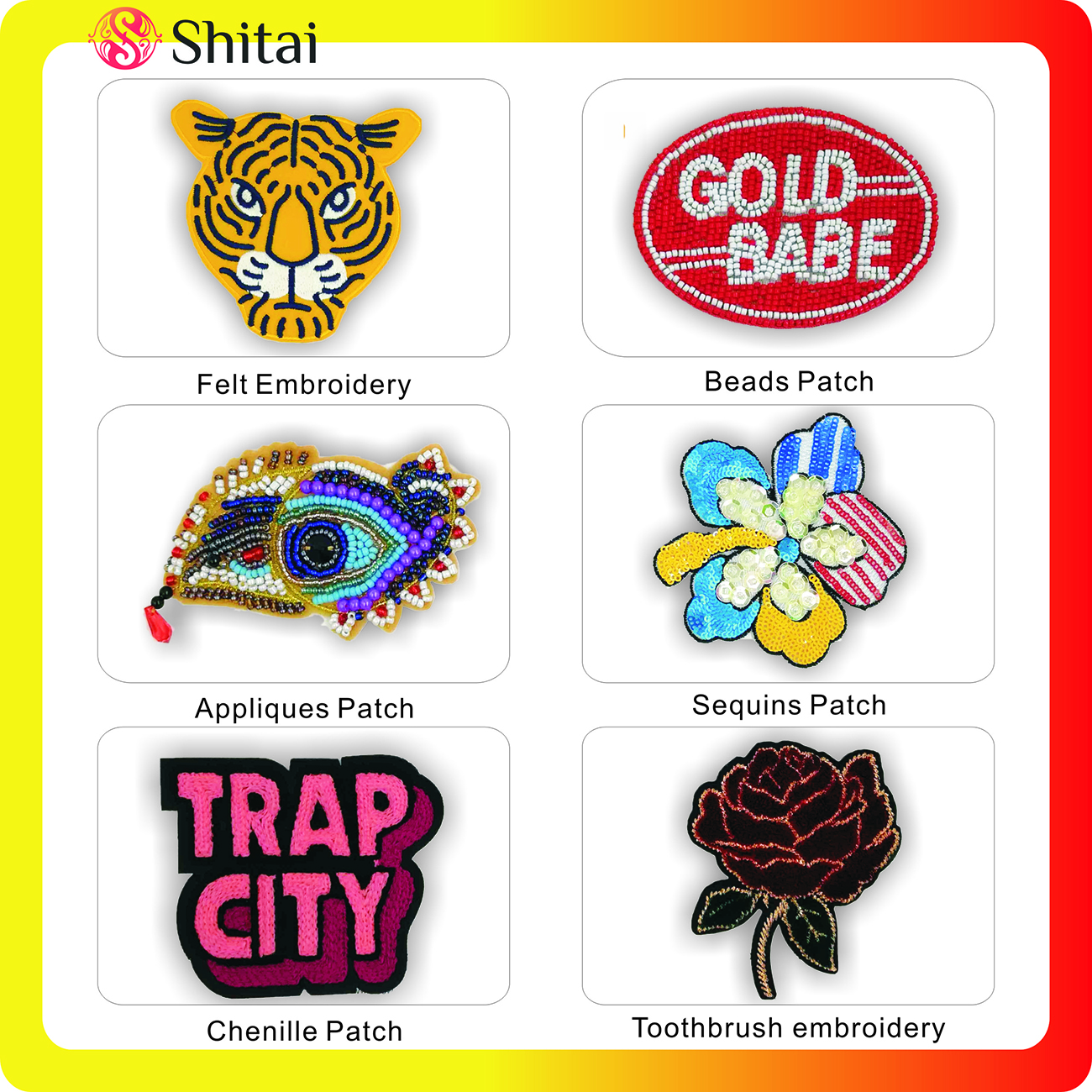
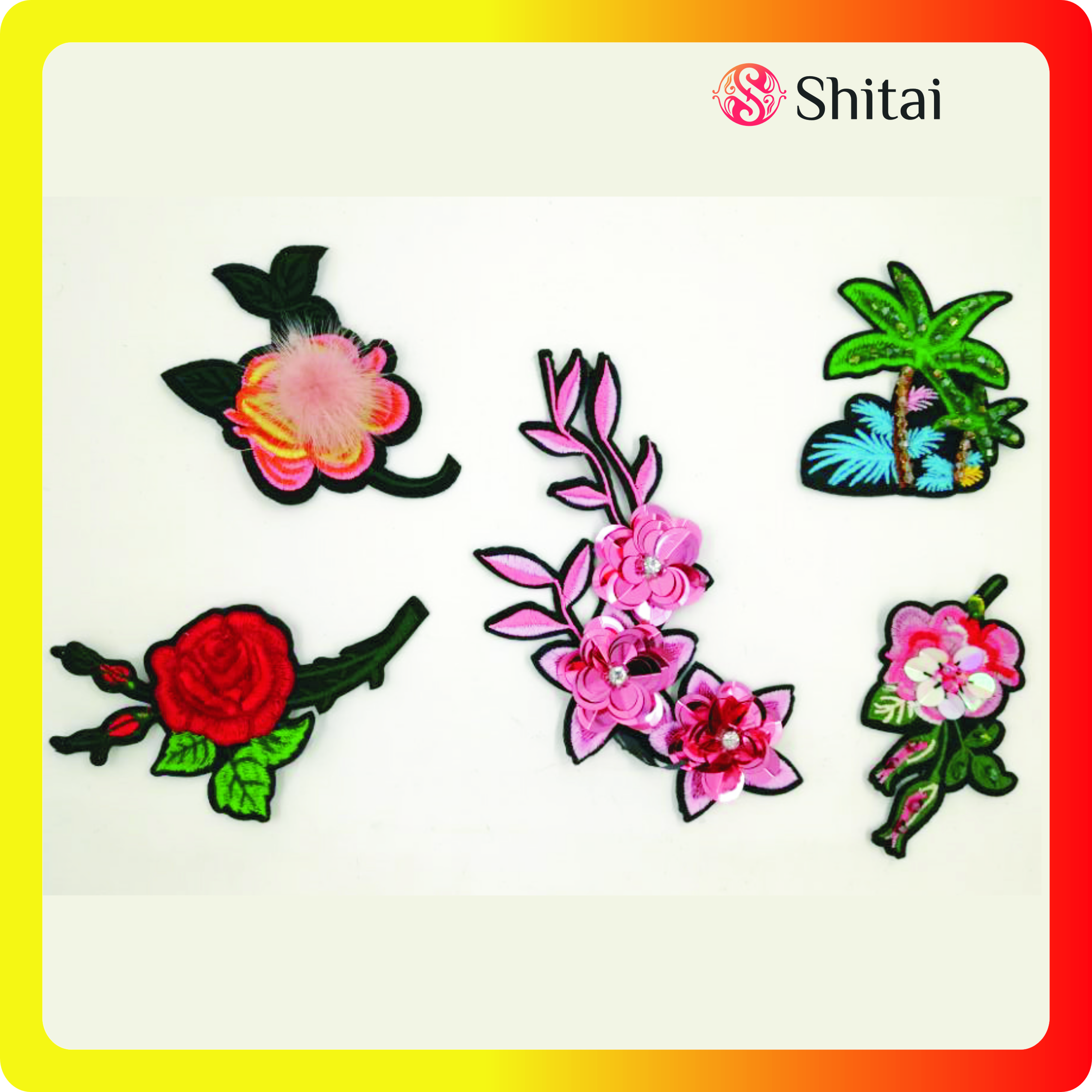
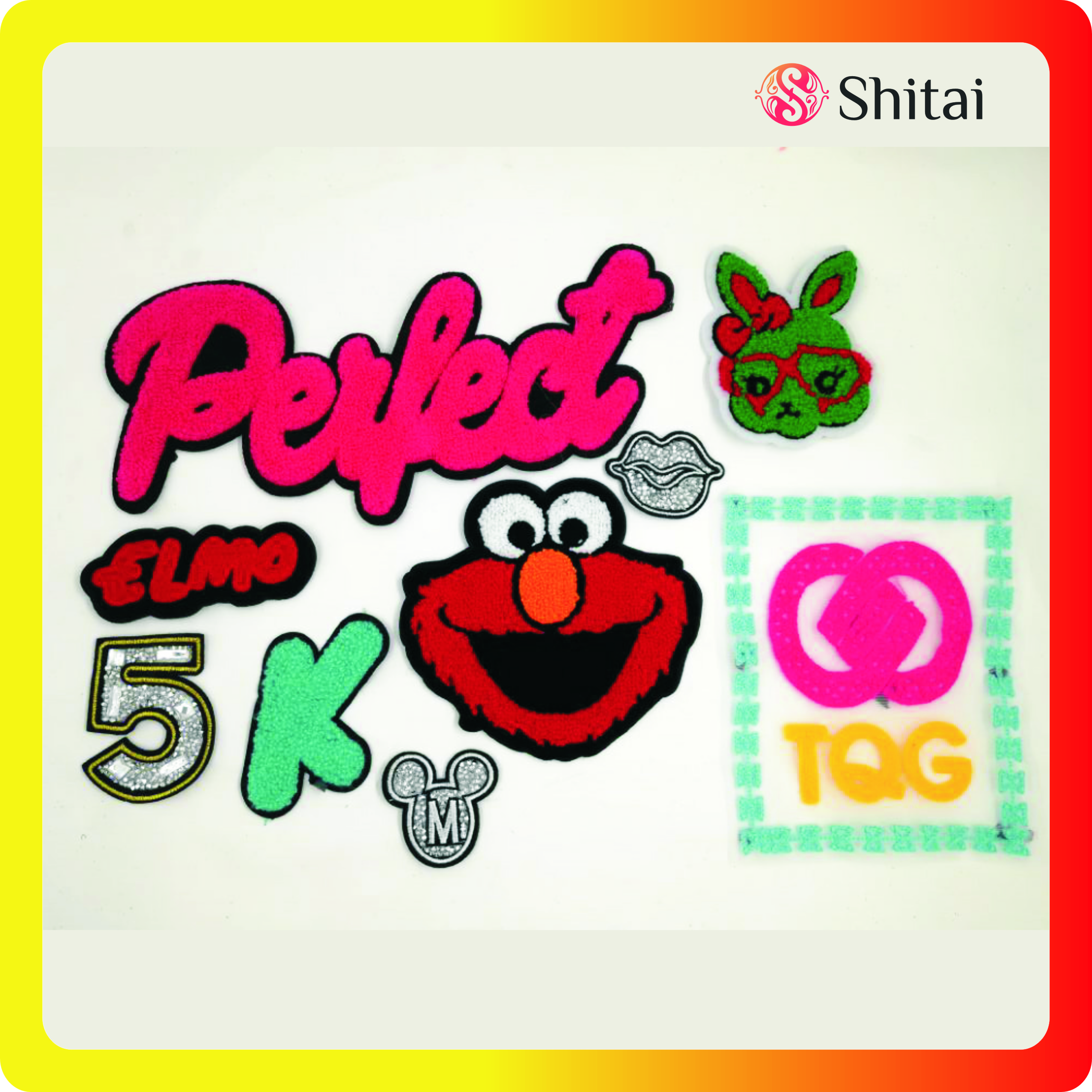
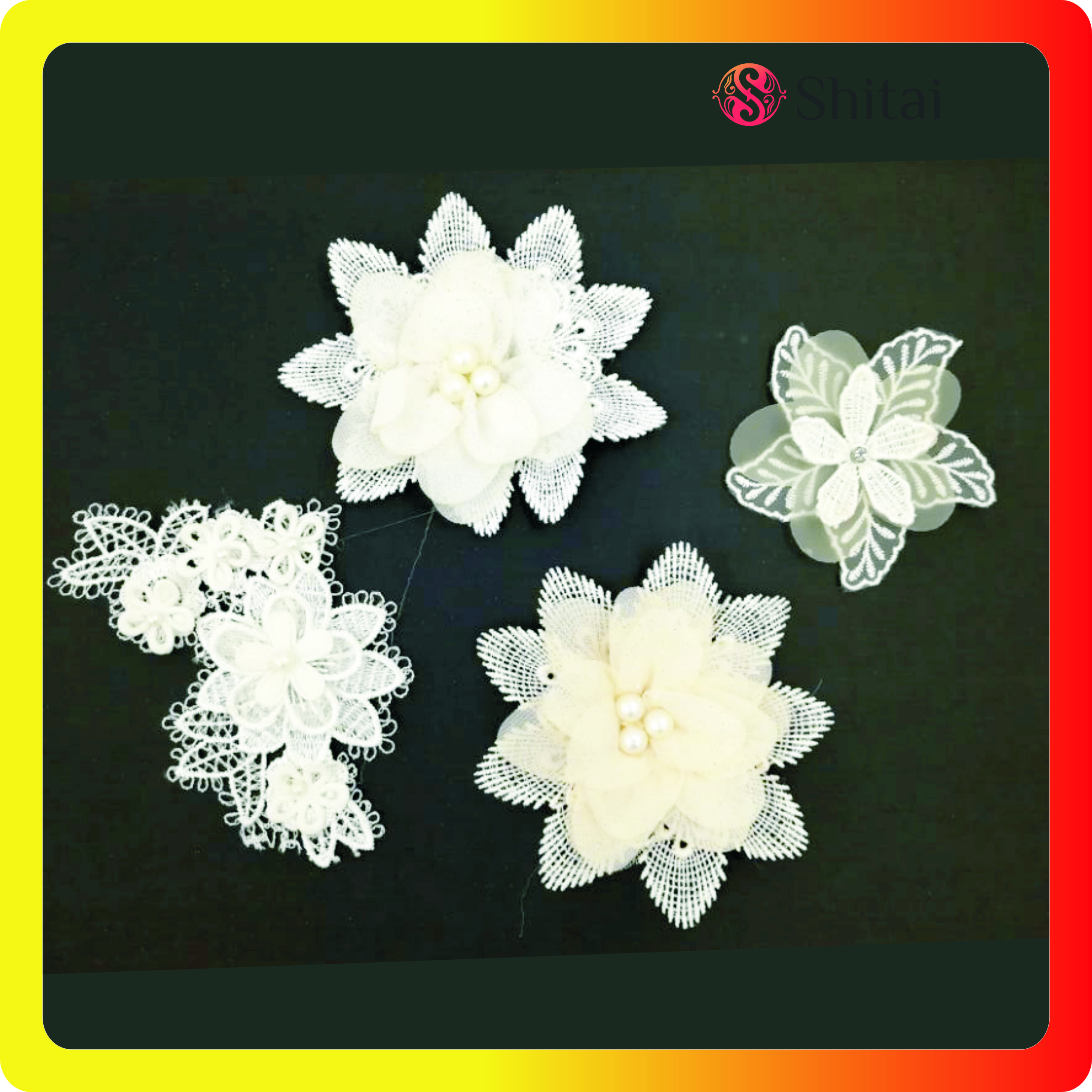
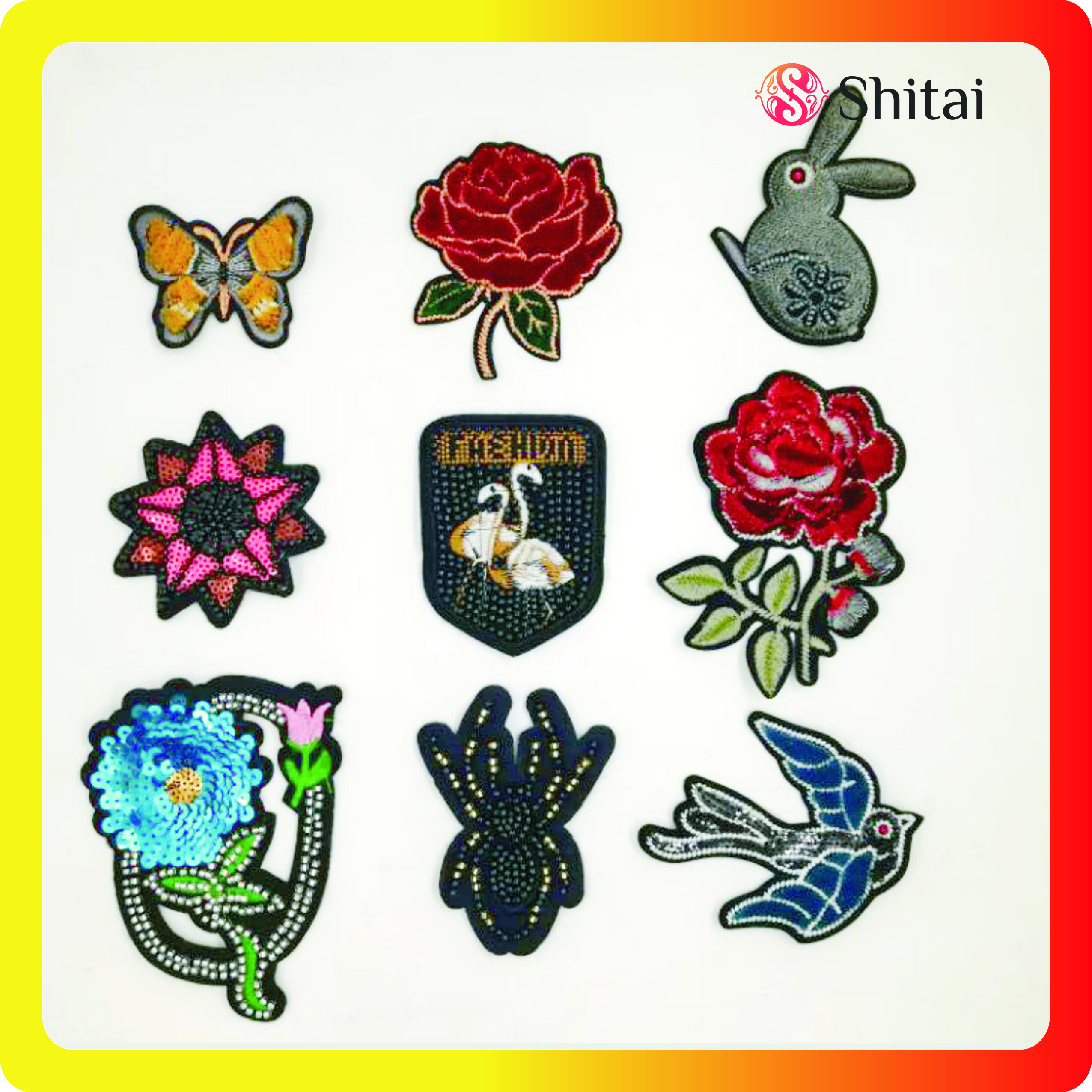
Iron On Patches,Sequin Embroidery Patches,Custom Shirt Patches,Colourful Flower Patches
DONGGUAN SHITAI ACCESSORY TEXTILES CO.,LTD , http://www.stsewingcraft.com